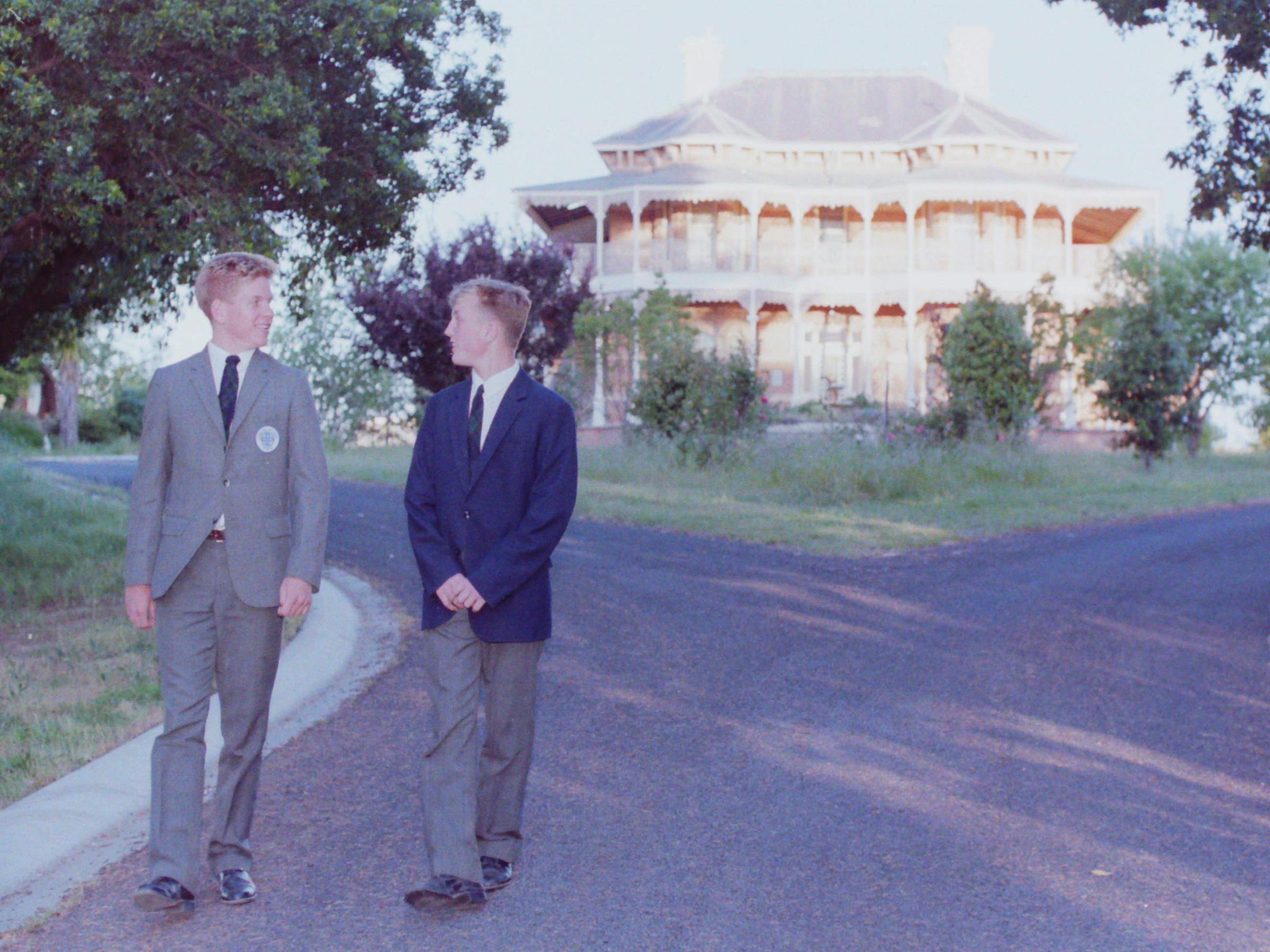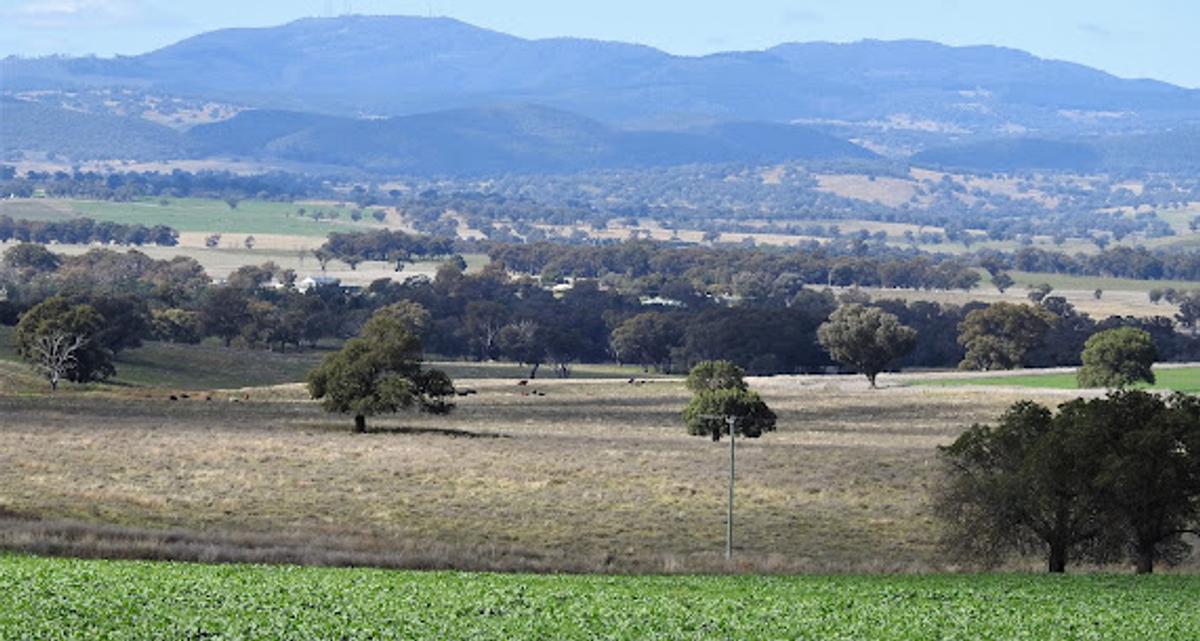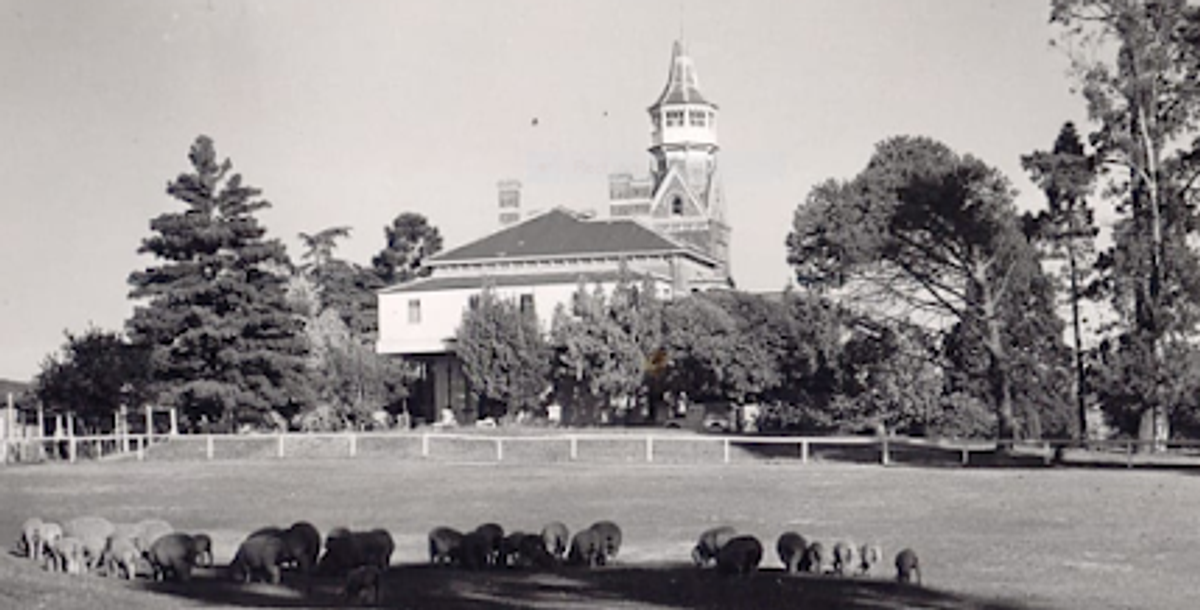Alumni
A tale of an intrepid ex-student

Alumni
A tale of an intrepid ex-student
Ex-student of Wolaroi College
George Ingle Finch an ex-pupil of Wolaroi College was the first to ascend within a short distance of the summit of Mt Everest as part of the British Expedition. He also proved the benefit of oxygen at altitude that was so controversial at the time. This was 100 years ago on 27th May 1922. His inspiration was Mt Canobolas, as he often recalled, on ascending it as a thirteen year old.
Mount Canobolas: inspiration and steps from Orange to Mount Everest.
“The boy from Down Under and his Adventures and Life”, written in his hand on yellowed pages found after the demise of mountaineer George Ingle Finch, MBE FRS, the man described by The Times in his obituary as “one of the two best alpinists of his time”, was a very brief synopsis of his life of challenge and adventure.
27th May, 2022 marks the centenary of the day in the 1922 British Expedition of his attaining with Captain Geoffrey Bruce the highest point then reached on Mt Everest. (The date is sometimes referred to in articles as 23rd May but is recorded by him in his report in “The Assault on Mt Everest, Chapter VII, The Attempt with Oxygen”). On that day the two reached an elevation of 8,231m (27,300ft) (elsewhere stated as 8,326m (27,316ft) (all hard won, whatever the height) of Mt Everest's 8,848.86m (29,031.69ft) before having to turn back due to extreme weather, exhaustion and life risk. He also proved the then controversial benefits of using oxygen that they used during and to survive the climb.
We mark those who are acclaimed 'first' but so often history is formed by those who first ventured, succeeding events built in increments upon their daring and efforts.
Why do many venture into the danger zones? “Because it's there” as George Mallory once replied to a reporter. And after a climb in the Alps: “Have we vanquished an enemy? None but ourselves.” (He later died on Mt Everest – as have at least 311 people including 106 officially recorded Sherpas/porters to April, 2022, in their pursuit of attaining Mt Everest's peak. Some climbers have never been found or officially recorded.
Steps that led upward: After his long career scaling the highest mountains across the world, it was Mt Canobolas (an extinct volcano) near Orange, New South Wales, Australia, 1,395m (4,576.7ft) above sea level that George Finch cited as the beginning of his exploits. For on a frosty Spring morning in October, 1901, as a thirteen year old, he had tethered his pony at the base of the final peak on Mt Canobolas and begun his ascent.
His steps as he scrambled up to the previously unseen view would inspire him in his adventurous life across the world that came to include his further education (study of medicine in Paris, changed to chemistry – University of Geneva; being appointed a Member of the Order of the British Empire in the 1918 New Year Honours for services in France, Egypt, and Salonika during WW I; Professor of Applied Physical Chemistry – Imperial College 1936-1952; Fellow of the Royal Society, 1938, for his outstanding design, published in some 50 papers; the Hughes Medal in 1944; President of the Physical Society – 1947-1949; and his noted research in WWII on fire defence).
As he later recalled of Mt Canobolas and the view sloping away: “For the first time in my life the true significance of geography began to dawn upon me and with the dawning was born a resolution that was to colour and widen my whole life. I had made up my mind to see the world; to see if from above, from the tops of mountains whence I could get that wide and comprehensive view which is denied to those who observe things from their own plane.”
And on later reflection after death defying scalings of so many mountains: “From its chance nucleus on the hill-top in the Australian bush, snowball-wise the zest for the mountains grew until it has actually become an integral part of life itself. The health and happiness that the passion has brought with it are incalculable as the ways of the 'divinity that shoes our ends' chooses our parents for us and places us in a certain environment.”


His father, Charles Finch, had returned from Sydney to Wellington Valley and was appointed chairman of the Land Board at Orange. He had remarried (after the early death of his first wife) in 1887 and George (born 4th August, 1888, died 22nd November, 1970) was the eldest of three children.
Growing, he was taught by his father to swim, assume responsible and productive roles, “love the open spaces, seek adventure and above all to fight our own battles and rely on our own resources” which he did, being a natural on horseback and was taught that “a good horse is never to be treated as a machine but always the rider's best friend.” He explored the countryside at every possible chance and rode the twenty miles a day round trip to Wolaroi Grammar School.

